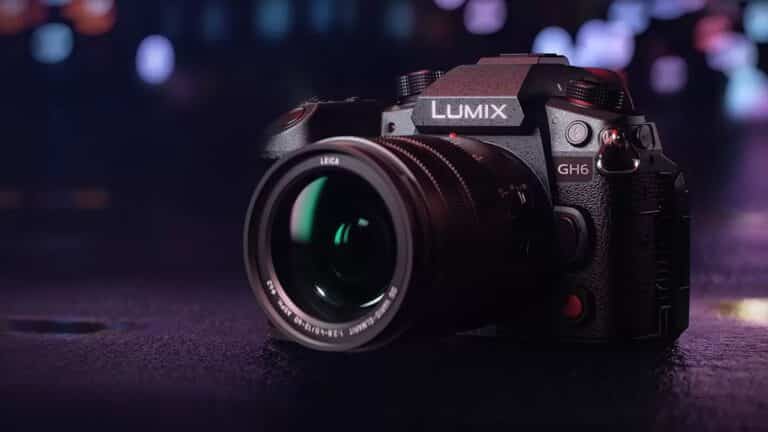The Panasonic Lumix GH6 has finally arrived. We’ve been putting it through its paces in preparation for our complete review. It has so far impressed us, but there are still many tests to be completed. So, to help you decide whether the GH6 is the camera for you. We’ve compiled a list of some of our favorite features so far, as well as a few drawbacks.
The Panasonic GH5 and GH5S include a new 25.2-megapixel sensor. This is the greatest resolution we’ve seen in a Micro Four Thirds camera to date. As well as fancy features like 4K/120p recording and anamorphic lenses. But we wanted to focus on some of the finer points of this feature-packed camera. Including its design and some of its practical advantages over full-frame cameras.
Following up on our hands-on assessment of Panasonic’s long-awaited video camera, here are the things we like (and dislike) about it.
What you will see here:
1. The Extra Record Button in Panasonic LumixGH6
Although the GH6’s design isn’t groundbreaking, your camera doesn’t need to win a Turner award to be useful. It simply needs to get out of the way so you can take photographs and films. Panasonic has included a number of great features. So to aid the GH6 in this endeavor, including a big, textured grip and a convenient audio button, one of our favorites is the front-facing record button.
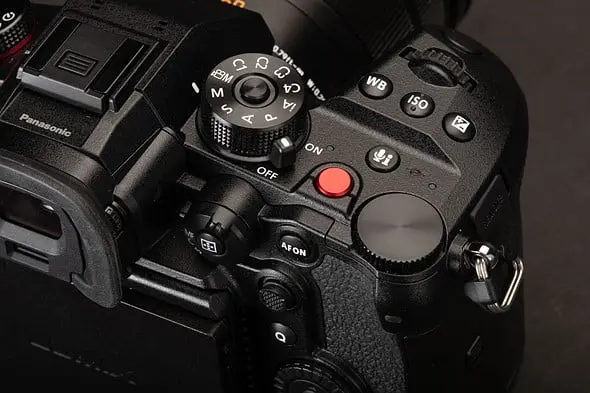
On the top plate, you’ll find the standard record button, as well as a shutter button that can start recording. However, for vloggers or one-person film teams. The second record button on the front, adjacent to the lens mount, is quite beneficial. Expect to see this on more video-centric cameras in the future.
2. The super adaptable screen of Panasonic Lumix GH6
For video cameras, flip-out screens are essential, and the Panasonic GH6 has one of the best we’ve seen. Its 1.8-Million Dot Rear LCD is attached to a Tilting Plate that extends back from the camera body. Just like the Panasonic Lumix S1H, which provides a few advantages.
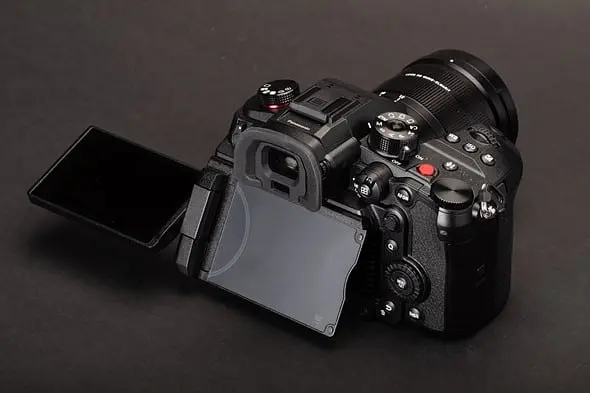
One advantage is that you can move the screen away from any of the ports on the side. Ensuring that cables from external microphones and monitors are not obstructed. But, unlike screens that flip out to the side and push you off-axis from what you’re shooting. You can tilt the screen up and stay in line with the camera and lens.
3. Internal ProRes recording
The GH6 isn’t the first camera to offer internal recording in Apple ProRes. But it is one of the few to do so alongside the Blackmagic Pocket Cinema Camera 6K Pro. ProRes files, despite their size, are far easier on a computer’s CPU. Then a camera’s native H.264 and H.265 formats. Also supported by most editing programs.

We’re talking about ProRes 422 here, not ProRes Raw. But it’s a great editing codec for Mac users in particular, even if it doesn’t improve video quality. The Nikon Z9 can also shoot in ProRes, but it’s a different class of camera in terms of price and size than the GH6.
4. Boosting the Dynamic Range of Panasonic Lumix GH6
The GH6’s Dynamic Range Boost Mode Is Genuinely Interesting. It combines different parts of exposure to provide you with a wider dynamic range. Similar to Canon’s DGO (Dual Gain Output) Sensor Tech.
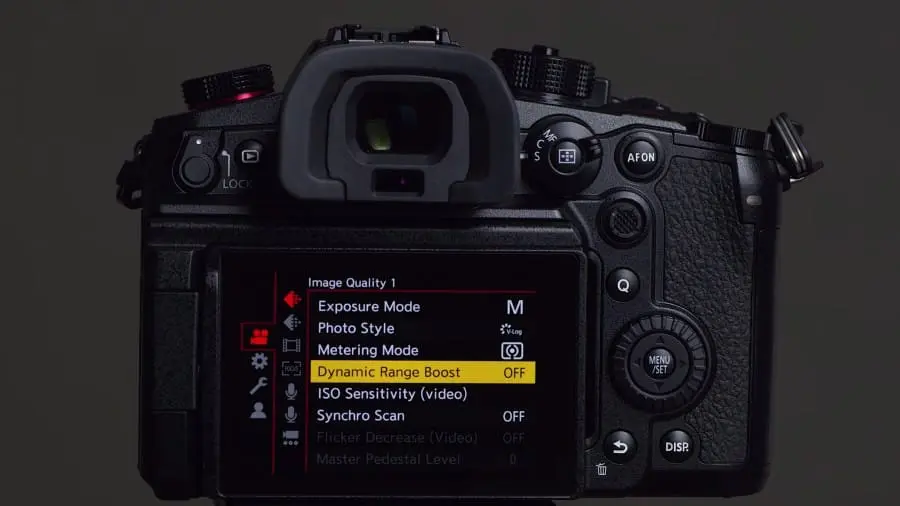
Unlike the Dual Native ISO technology, we’ve seen (unofficially) on cameras like the Sony A7S III. Panasonic’s DR Boost combines the best parts of two different ISO sensitivity levels – rather than switching between them – to increase the dynamic range of your photos and videos. But it should result in a lot more information being recovered from shadows and highlights.
5. Recording time is unlimited
The Lumix GH6 has a built-in fan, unlike its predecessors. And as a result, there are no recording time limits in any of its video modes, at least in theory. This isn’t a unique feature; competitors like the Sony A7S III don’t have heat-based limits in most modes (with the exception of higher frame rates like 60fps/120fps). However, there is another advantage to the GH6’s smaller sensor.

Of course, if you don’t use extra power, your clips will be limited by the GH6 battery or the amount of time it takes to charge your card. Direct recording to an SSD won’t be available until a firmware upgrade, but it does mean you can record 4K/60p in 10-bit 4:2:2 without having to worry about constant shutdowns.
6. Uncropped video footage
Mirrorless cameras have the disadvantage of using a cropped piece of their sensors for capturing video, which affects both the angle of view and image quality. The GH6 is different in that it can use the complete 4:3 sensor, which implies uncropped video in almost all modes.
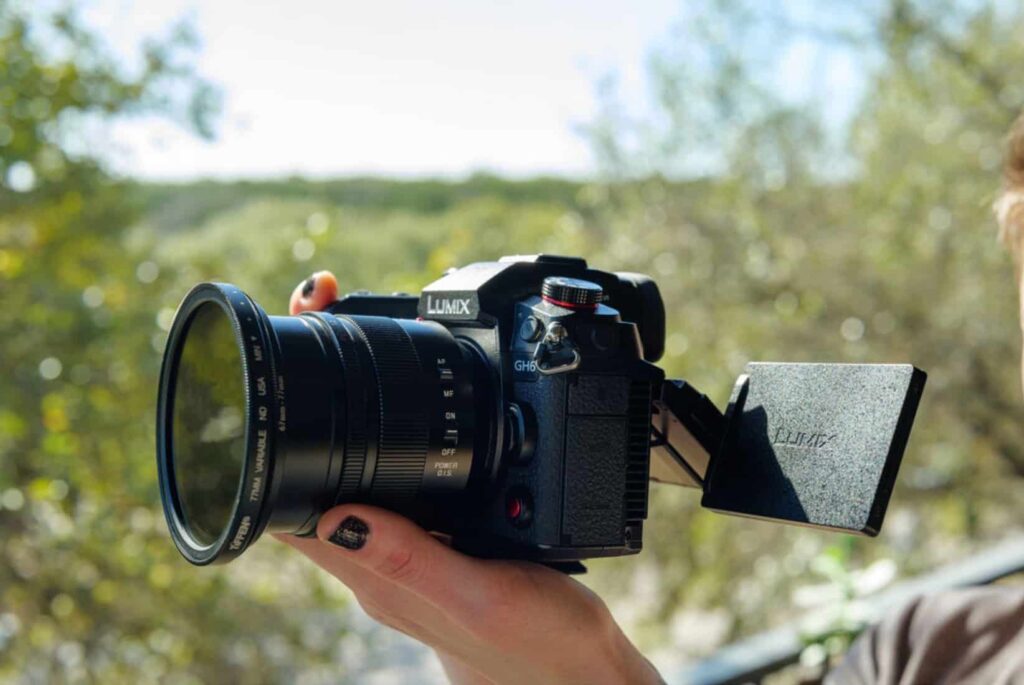
The sole exception is certain of the GH6’s anamorphic modes; at all other resolutions and frame rates, you’ll get your lens’s original viewing angle and image quality that should potentially approach that of APS-C cameras in cropped modes.
7. 100mp handheld photos in Panasonic Lumix GH6
The GH6 isn’t just for video shooters; there’s now a portable version of the High Res Shot mode that we’ve seen on prior GH-series cameras. This won’t surprise Olympus enthusiasts, but the 100MP resolution of the generated images will. This is made possible by the GH6’s new 25.2MP sensor, which is the best resolution on a Micro Four Thirds camera to date.
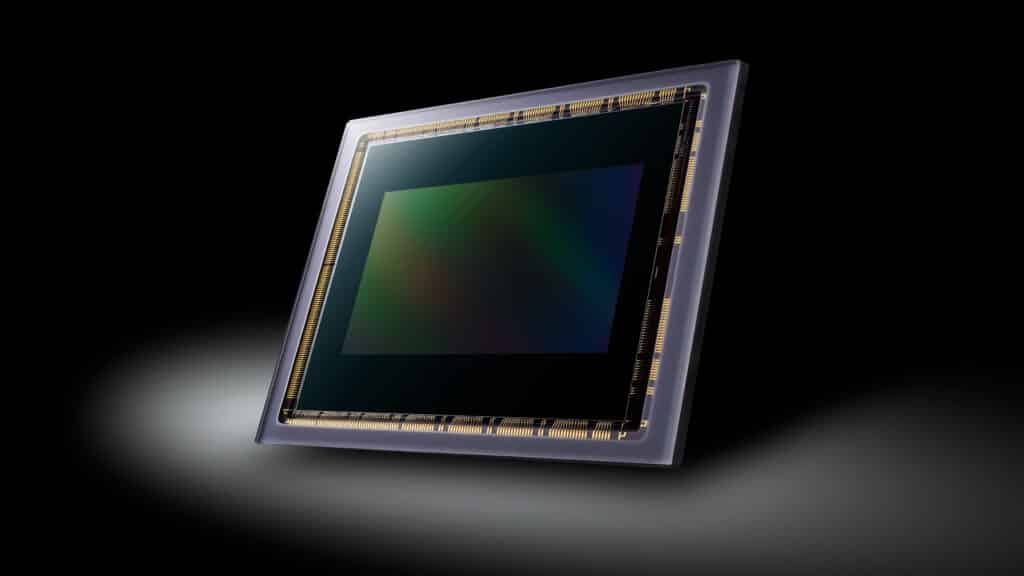
The new in-body stabilization technology on the GH6 can merge four of those 25MP snaps into one big one, ready for printing and framing, with an astonishing 7.5-stops of compensation. This has shown to be effective in our tests, allowing the camera’s smaller sensor to compete with larger competitors in terms of both resolution and noise.
The Cons:
1. It still only consists of contrast autofocus
So, yeah, the old chestnut of autofocus. Panasonic cameras have historically shied away from phase-detection or hybrid AF systems, instead choosing contrast-detection systems with a layer of intelligence called “Depth by Defocus” by the manufacturer.
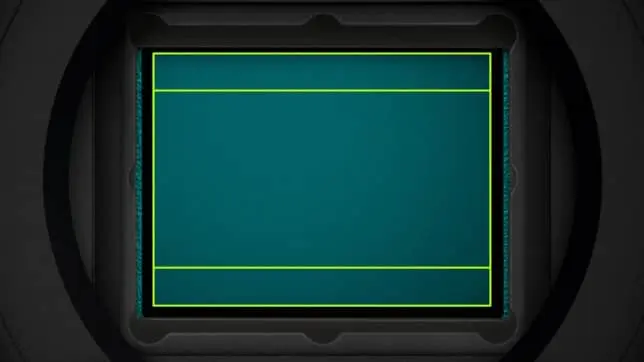
So far, it has been revealed that the Panasonic Lumix GH6’s autofocus system is essentially similar to that of the GH5 II, implying that it has improved since the early days, but isn’t quite up to par with Sony and Canon’s latest AF systems. Panasonic has explained why the GH6 doesn’t have a more contemporary autofocus system, but it’s still a drawback if you frequently shoot moving subjects or do a lot of solo vlogging.
2. For an MFT camera, it’s quite large
Panasonic has opted for the latter when it comes to camera size and features on the Panasonic Lumix GH6 – which means it’s quite large for a Micro Four Thirds camera. As you can see above, it’s really bigger and deeper than the Sony A7S III.

Although the GH6’s built-in cooling fan contributes to its bulk, it still weighs in at a respectable 823g. And, like the rest of the GH series, you get the benefit of smaller Micro Four-Thirds lenses – so it’s still a good choice for run-and-gun filmmakers.
3. Photography modes are limited
If another Micro Four Thirds camera, the OM System OM-1, hadn’t just debuted with some fancy modes like 50fps burst shooting and enhanced computational wizardry, the Panasonic GH6’s photo talents would look fairly excellent.
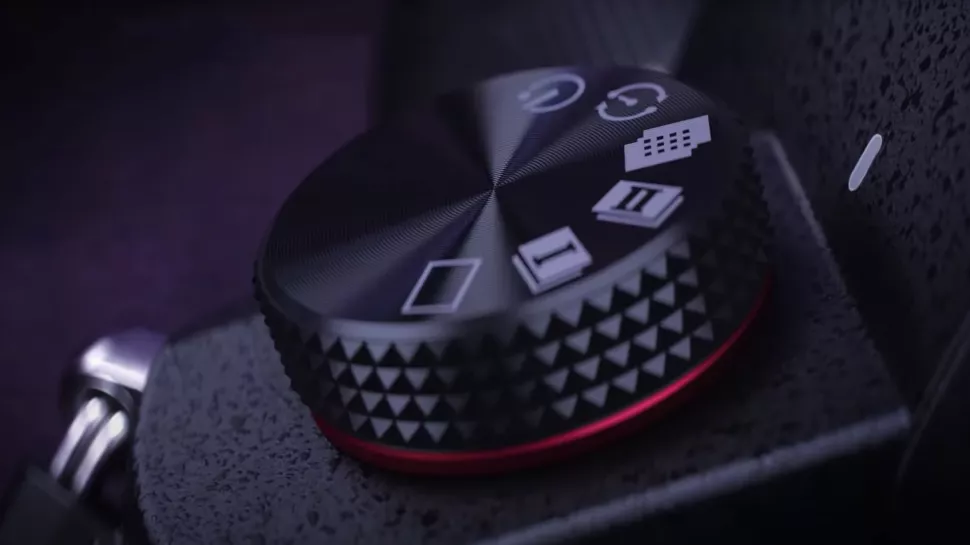
When you consider that Panasonic appears to have deleted some photo-centric options from the GH6, such as its 6K photo mode (which is perfect for wildlife photography) and in-camera focus stacking, the difference between the two becomes even starker. Although the GH6’s resolution is useful for stills, it appears that the photography crowd will have to wait until the OM-1.
Conclusion
So, Panasonic Lumix GH6 consists of many new features such as the extra button to record, the boost in Dynamic Range and so much more! Yet consisting of some features which are old and should be improved. Do let us know your experience with Panasonic Lumix GH6 below in the comments.


